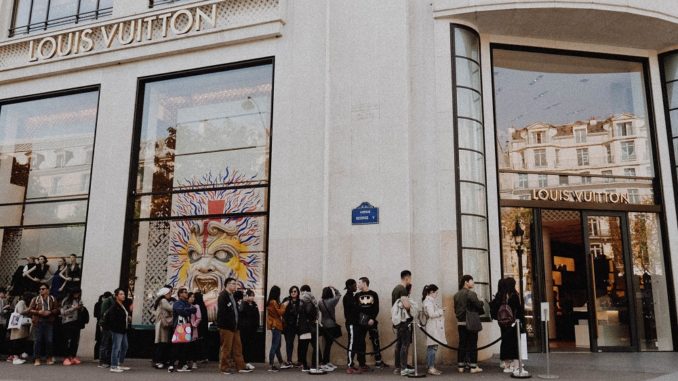
On Wednesday, the euro fell below $1 for the first time in twenty years amid worries that the European Union might enter a protracted economic crisis due to increased energy costs brought on by the conflict in Ukraine.
According to analysts at Barclays, the weakened euro is a major pull for visitors, especially Americans, who are seen as a significant growth driver for the European luxury goods industry in the second quarter, Reuters reports.
According to analysts at UBS who cited data from VAT refund provider Planet, the strong dollar relative to the euro caused a four-fold increase in tourism expenditure in Europe in June compared to the same month last year.
The luxury market soon recovered after the pandemic as individuals hurried to treat themselves as socializing resumed with the money they had saved up during lockdowns.
However, this year saw a sharp decline in sales in China, the largest market for luxury goods in the world, as a new round of stringent COVID-19 lockdowns closed stores, reduced demand, and also reduced the number of high-spending visitors from China to Europe.
Therefore, while Americans pack transatlantic flights, their desire to profit from the depreciating euro is assisting in making up for the lost revenue caused by the absence of Chinese tourists, who were the major driver of luxury sales growth in Europe prior to the epidemic.
Richemont and Burberry, two luxury goods businesses, reported better sales in Europe on Friday, offsetting a decline of more than 30% in China.
The nation of France has profited the most from visitor spending.
According to UBS analysts, sales to tourists in France increased in June and were only 11.3% down from 2019 levels. This is encouraging for French luxury brands with significant exposure to their home market.
This week, hordes of American tourists flocked to Paris’ Avenue Montaigne to peruse the opulent shops, which feature labels like Louis Vuitton, Chanel, and Gucci.
In May, Chanel informed Reuters that it would apply additional price rises in July to reflect inflation and currency swings, notably the weak euro.
Even though New York’s upscale retail areas are crowded with expensive European designer products, Paris continues to hold a significant allure for American consumers.

Be the first to comment